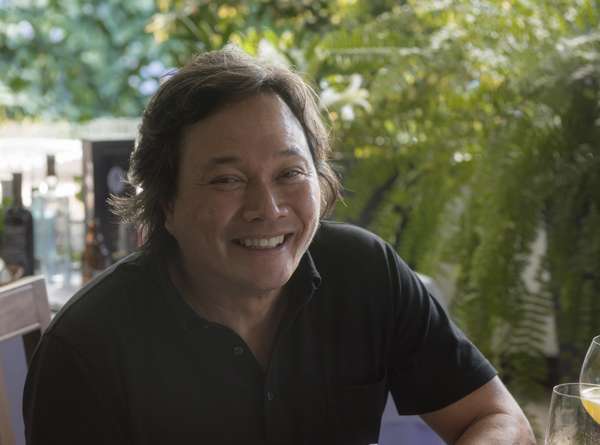
The young chefs at forefront of a Philippine food revolution, and why you’ll be hearing a lot more about country’s cuisine
Josh Boutwood, Miko Aspiras, Jordy Navarra and Bruce Ricketts are four among the many innovative chefs who, working with organic farmers, are building on country’s varied regional cuisine with new techniques and flavours

Laing (pronounced la-ing) has to be one of Asia’s most underrated dishes. The creamy vegetable dish with a hint of funk hails from Bicol in the southern Philippines, and melds pork with chilli, coconut milk, shrimp paste (known as bagoong) and dried taro leaves to brilliant effect.
It’s everything you want in a bowl: a wave of umami, textural contrast, a creamy decadence and lift of chilli. It’s a surprise then that it isn’t better known to regional and global gourmands – but the same could be said of the country’s cuisine as a whole.
That’s something which seems to be rapidly changing, however, thanks in no small part to a new wave of talented, ambitious and proud young Filipinos championing produce, techniques and dishes from across the country’s more than 7,000 islands. It may have been a long time coming, but it seems that the time to shine is now.
You only have to look at how it has become one of the hottest “new” cuisines in the bohemian centres of London, New York and elsewhere. The BBC named Philippine cuisine as one of its top food trends to look out for in 2017, while American food magazine Bon Appétit chose Bad Saint in Washington as its second best restaurant in the country. On the menu? Adobong dilaw, lambanog, ukoy and other plates that would probably be unfamiliar to most of its readers. No wonder the magazine said of the no-reservations restaurant: “Ever crave Filipino food? You will now.”
Global success and renown is one thing, but the real work started thousands of kilometres away and hundreds of years ago back in the Philippines. Its melting pot of cultures and influences, both regional and global, made for a unique mix of flavours and ingredients. Today, scores of culinary young guns are leading the charge domestically, making it one of the most interesting and innovative dining destinations anywhere in Asia.

One of the country’s most celebrated and critically acclaimed restaurants is Antonio’s, 90 minutes south of Manila in Tagaytay adjoining the breathtakingly beautiful Taal Lake. In comparison to the young farmers and chefs cooking up a special lunch on his picture-perfect terrace, Antonio’s founder and owner, Tony “Boy” Escalante, is a relative veteran, having opened the restaurant in 2002.
He has invited some of the most exciting names in the Filipino food scene to join him. Josh Boutwood is head chef at The Test Kitchen, a 22-seat restaurant in Manila. The 30-year-old British Filipino swept the awards at the Food & Hotel Asia 2016 trade show – no surprise after stints in storied kitchens such as Copenhagen’s Noma and Oxford’s Le Manoir Aux Quat’Saisons.
One of his contributions to the lunch was a sensational lamb that had been cured for a month in smoked paprika and fennel seeds, with salt cultivated from the shrimp beds in Pangasinan province in the country’s northwest. He explains why the young culinary ecosystem in the Philippines is so unique. “We’re not doing this as an individual. We’ve created a bond between chefs, farmers and suppliers, we’ve created a team where we can move forward without competition between us. It’s a lovely time to be working and I’ve never experienced it anywhere else in the world.”
He also cites the influence of Madrid Manila Fusion, an annual gathering of some of the world’s top chefs in the Philippine capital. “It’s massive for us in the culinary world, a really important symposium that has helped to put our sector in the limelight. We’re left on a high for months following it. It’s a contagious feeling.”
Also at Antonio’s is Michael “Miko” Aspiras, who has also just turned 30 and is a patisserie specialist of serious repute, working at the ironically named Tasteless restaurant group whose portfolio includes six outlets across Manila. His creation at the lunch – a flower-strewn cashew nut tart with wild raspberries and rosella crème – was a delicious thing of delicate beauty.

Young farmers and producers explained their role in the Filipino food revolution. Enzo Pinga, 27, is from Earthbeat Farms, which supplies the finest tables across the country, both professional and domestic. A former professional soccer player, he coached the Philippine team for the Street Child World Cup in Brazil, but today focuses on his agribusiness. It has followed a traditional and organic approach, aiming to inspire other farmers to take up organic production.
He came to the lunch laden with spring peas and edible ferns, purple hyacinth flowers, tiny cucumbers called pipinitos and the rare wild raspberries called sampinit used by Aspiras to great effect in his tart.
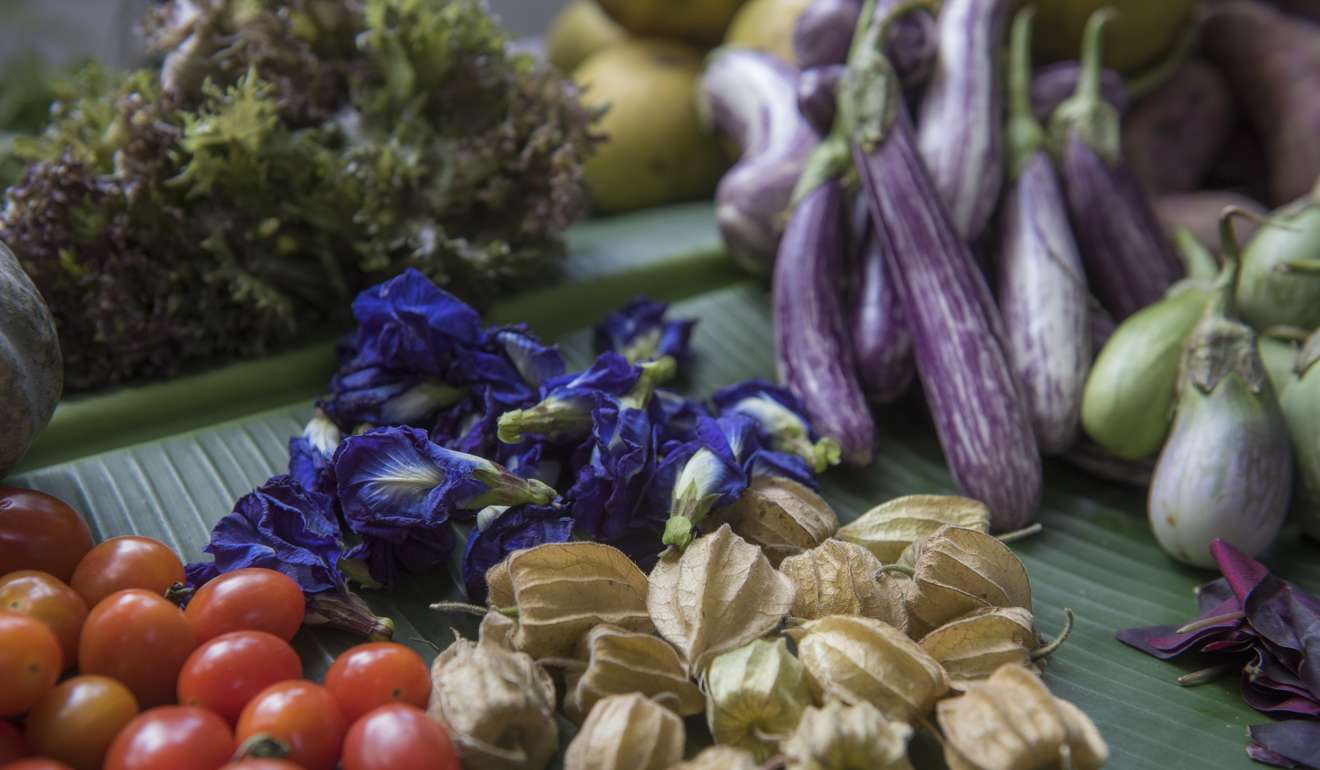
Pinga partners with a like-minded generation of producers who truly value how and where their food is produced. He says: “We young farmers work together in promoting indigenous produce, in order to both love and preserve it – as opposed to looking abroad. We also have to credit the innovative and progressive chefs that are helping to drive this demand.”
Back in Manila, two chefs in particular are emblematic of this demand, as well as the city’s hugely exciting dining scene. The chef-owner at Toyo, Jordy Navarra, worked at Heston Blumenthal’s The Fat Duck in Bray, west of London, and at Alvin Leung’s Bo Innovation in Hong Kong.
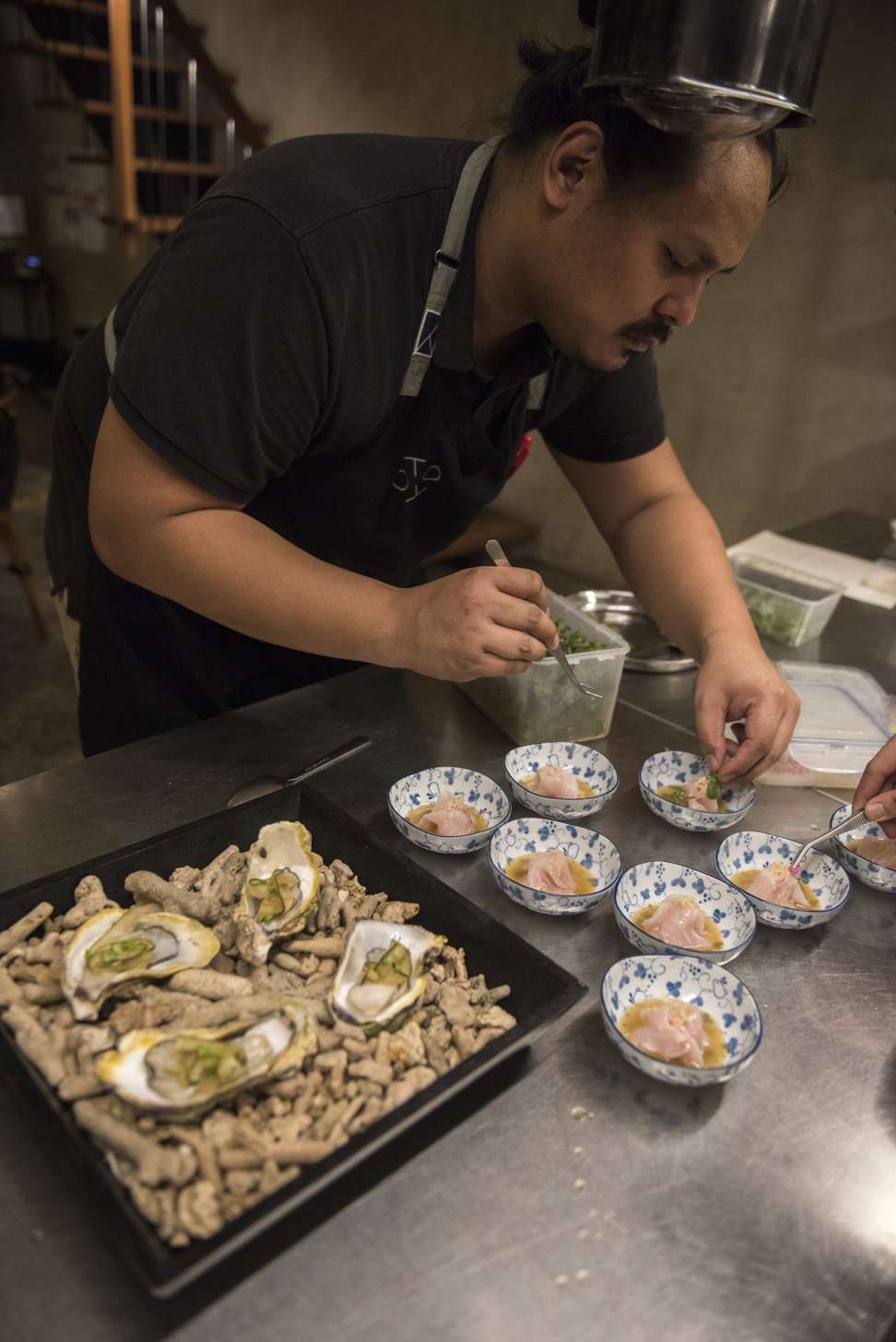
Toyo’s look is industrial chic, befitting a former warehouse building, while the young team around Navarra are clearly great friends and delighted to be working in such a renowned spot. Standout dishes from an excellent dinner include soy beans called kadyos which have been fermented for weeks – fermentation being such a Filipino culinary signature – then added to puréed cashews underneath in a squash soup. The final crown? Decadent sea urchin and the crunch of fried sweet potato that adds to the explosion of dark orange colours in a bowl.
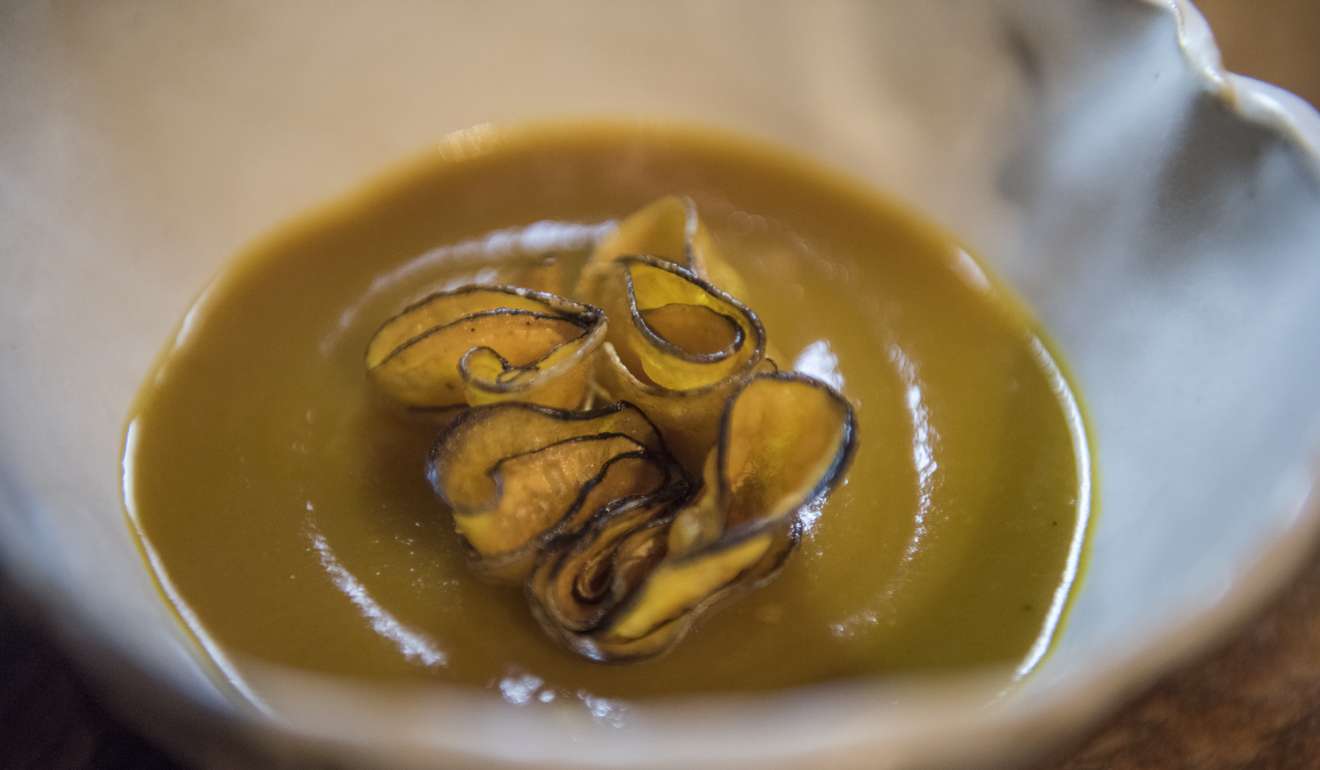
As Navarra explains with a smile: “These are Filipino flavours that are rooted in local culture. They speak for themselves.”
Another dish shows off lightly grilled mackerel with garlic chives, dried hibiscus and a tamarind leaf, served with a gel made from semi-ripe guava and kamias, a sour fruit mainly used in sinigang, the brilliant Filipino sour soup which also deserves to be much better known. The flavour and texture profile may be familiar to local palates, but he raises the stakes on innovation, presentation and harmony.
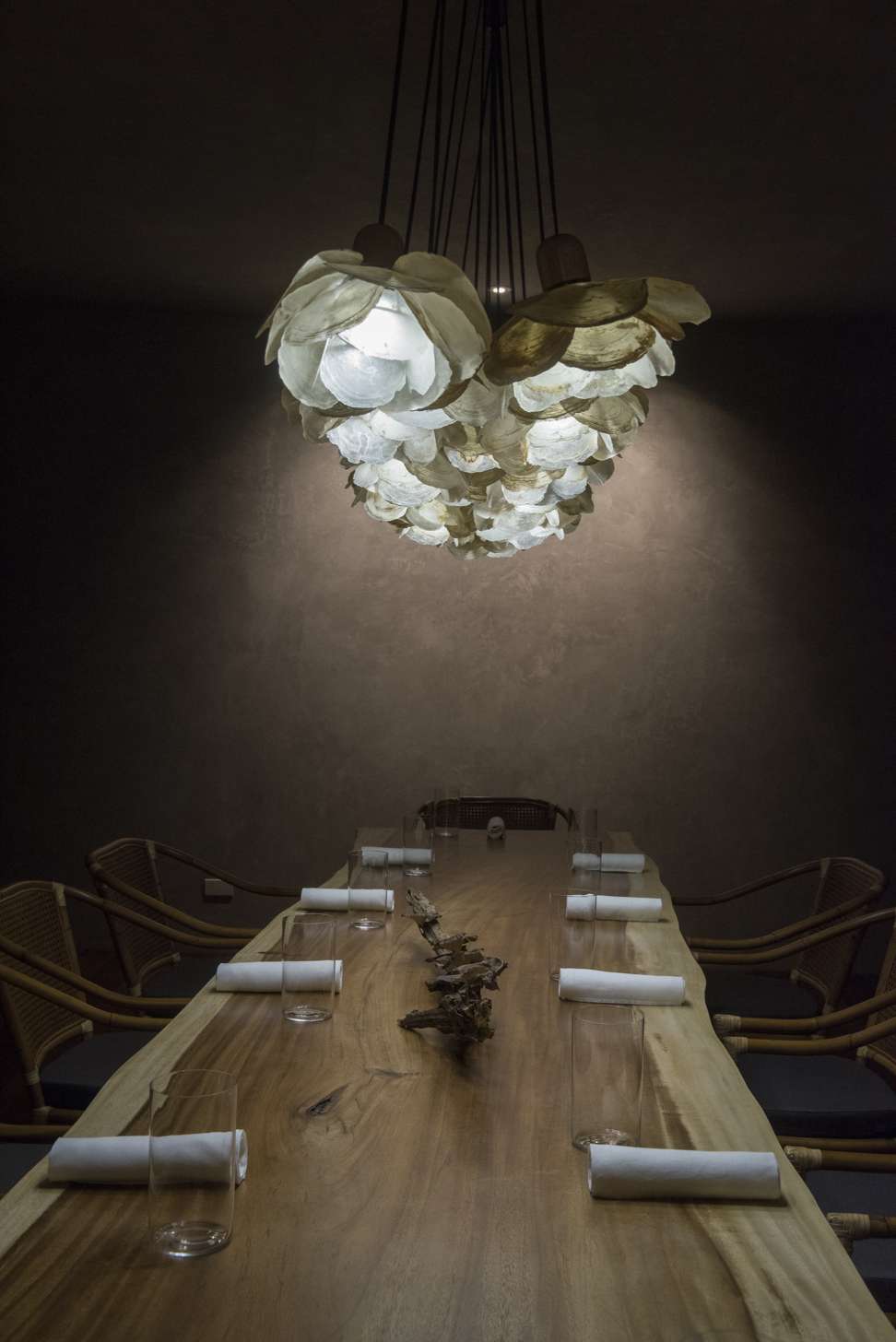
Finally, there’s 27-year-old Bruce Ricketts at Mecha Uma, his restaurant in Manila’s booming Fort Bonifacio district. He studied culinary management at the Art Institute of San Diego in the United States before working in a number of restaurants, then making the move back to the capital.
Mecha Uma means “absurdly delicious” and Ricketts serves what he calls “Global cuisine with Japanese inflections”, demonstrating how successfully the new wave of Filipino chefs are at riffing on ingredients and techniques.
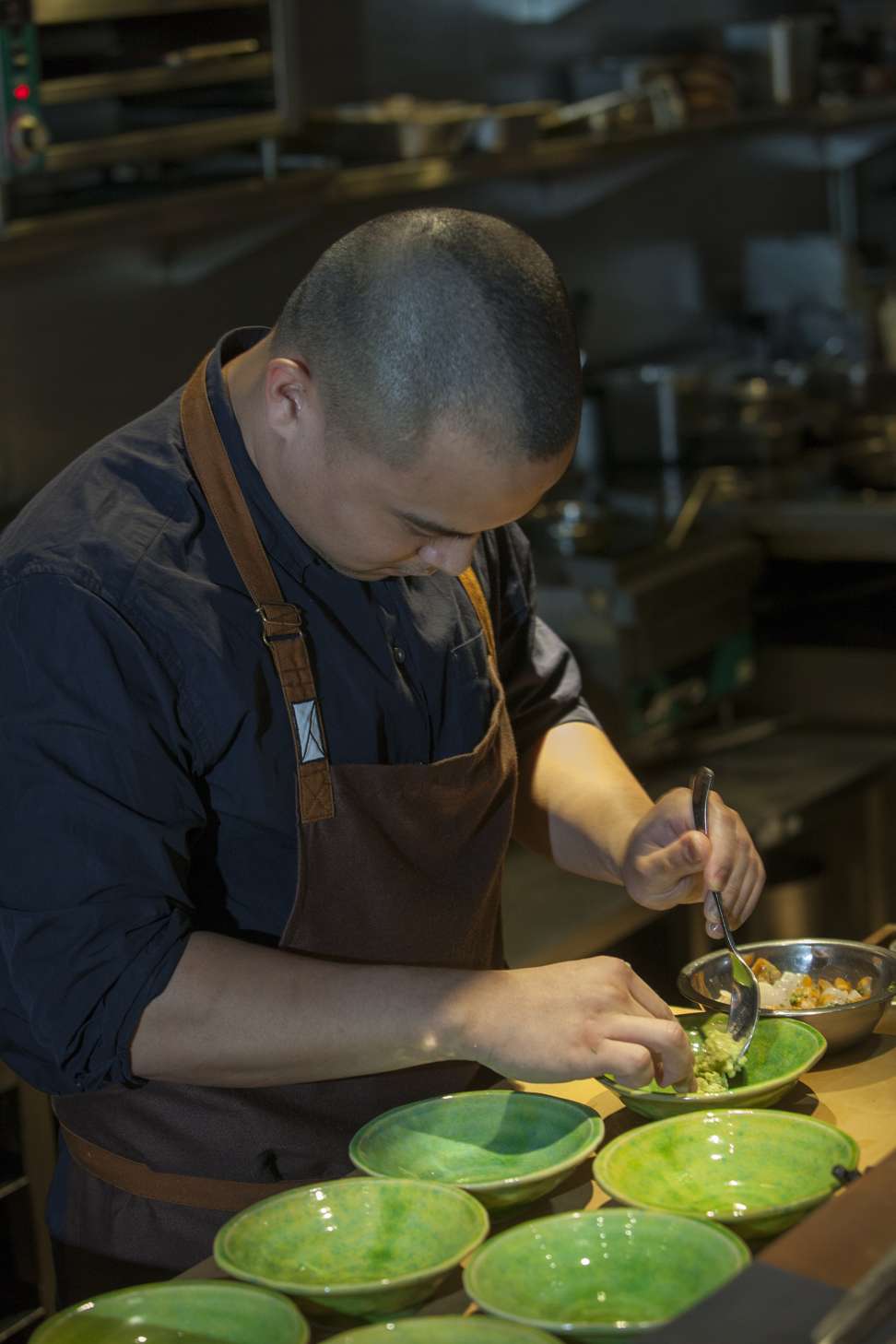
His flawless sushi shows, it but it is dishes like amadai, tile fish cured and fried before being paired with a sauce made from the bones, that really show how he is ceaselessly learning and innovating.
The outstanding dish was a decadent and outrageous bite of bread soaked in miso and yuzu, topped with monkfish liver and pickled eggplant. So much going on in one mouthful, all of it successful.

Ricketts, Navarra, Boutwood and Aspiras – as well as another noteworthy young chef, Nicco Santos of Hey Handsome – are just a few of the thousands of culinary young guns around the Philippines who are changing perceptions of its cuisine and ingredients. One thing is for sure: you’ll be hearing much more from them in the months and years to come.

Madrid Fusion Manila takes place at the SMX Convention Centre, Manila, the Philippines from April 6-8. Go to madridfusionmanila.com for more information.
The restaurants
Antonio’s, Purok 138, Barangay Neogan, 4120 Tagaytay City, Batangas, tel: +63 917 899 2866; antoniosrestaurant.ph/antonios/
The Test Kitchen, 9780 B&C Kamagong Street, San Antonio Village, Makati City, tel: +63 917 304 1570
Venues under The Tasteless Restaurant Group include Scout’s Honor, Le Petit Soufflé, Garde Manger, Milk Trade and Freezer Burn. facebook.com/pages/Tasteless-RestaurantGroup/364904010339328
Toyo Eatery, 2316 Chino Roces Avenue, Makati City, tel: +63 917 720 8630; facebook.com/Toyo-Eatery-1085211568170342/
Mecha Uma, RCBC Savings Bank Corporate Centre, 25th Street, 5th & 6th Avenue, Fort Bonifacio, Taguig, tel: +63 2801 2770; mechauma.ph
